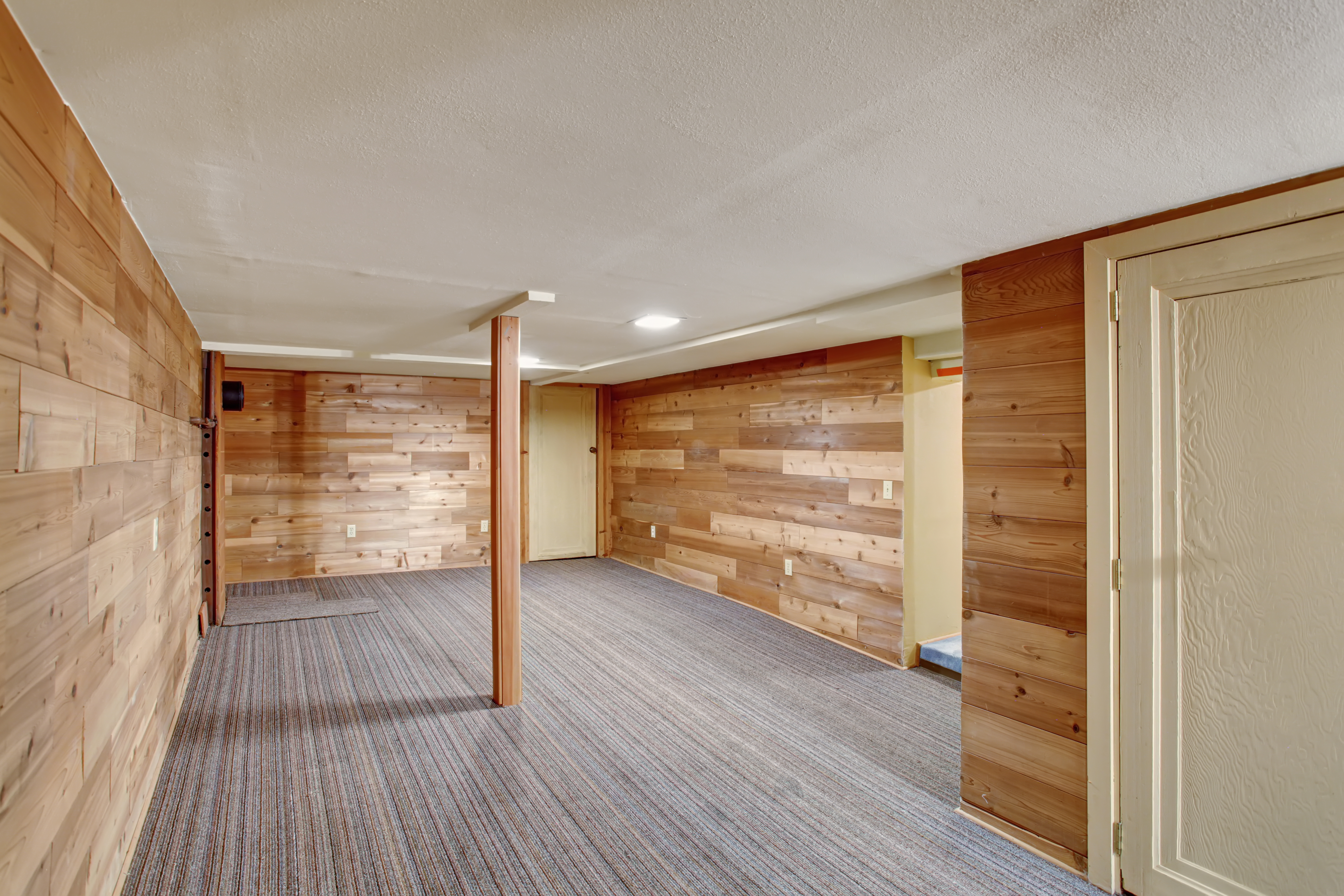Practical Guide to Basement Remodeling and Renovation
Remodeling a basement can add functional square footage and improve a home's comfort, energy efficiency, and resale potential. Whether converting an unfinished area into a family room, guest suite, or home office, thoughtful planning helps avoid common pitfalls like moisture, inadequate egress, or poor lighting. This guide outlines practical steps and considerations for a basement renovation that creates a durable, comfortable living space while aligning with building codes and budget realities.

Why remodel your basement?
A basement remodel often starts with a clear purpose: extra living space, storage optimization, or a home gym. Assess how the space will be used to determine insulation, flooring, lighting, and layout needs. Basements can pose challenges such as low ceilings, dampness, and limited natural light; each issue affects design choices. For example, moisture control and proper waterproofing are foundational—without them, finishes and furnishings won’t last. Prioritize structural and environmental fixes before cosmetic updates to protect long-term value and comfort.
Planning a basement renovation
Proper planning balances design goals, technical requirements, and regulations. Begin with a measured floor plan and check local building codes for ceiling heights, egress windows, stair requirements, and electrical permits. Engage contractors or consult local services early for foundation or drainage concerns; professionals can advise on sump pumps, exterior grading, and vapor barriers. Establish a timeline that sequences rough-ins (plumbing, HVAC, electrical) before insulation and drywall. Budget for contingencies—unseen issues like rot or termite damage sometimes appear once work begins.
Creating functional living space
Design choices should support the intended use of the living space. For a family room, focus on durable flooring (engineered wood or vinyl) and layered lighting: ambient, task, and accent. For a bedroom or rental suite, ensure proper egress, soundproofing, and separate HVAC zones if possible. Built-ins, multipurpose furniture, and strategic storage help overcome low ceilings and compact footprints. Consider access to natural light via window wells and light wells; reflective finishes and lighter colors can enhance perceived brightness. Good ventilation and humidity control are essential for occupant comfort and indoor air quality.
Home improvement considerations and permits
A basement remodel often intersects with broader home improvement items like updating HVAC, adding bathrooms, or relocating utilities. Verify permit requirements with municipal authorities to avoid fines and ensure inspections are passed. When hiring contractors, request references, verify licenses and insurance, and obtain written estimates. Local services can vary widely in expertise—look for professionals experienced in below-grade work and familiar with local code nuances. Keep documentary records of permits and inspections; these increase transparency and support resale disclosures.
Practical remodeling tips and materials
Select materials suited for below-grade environments: moisture-resistant drywall or cement board in susceptible areas, water-tolerant flooring, and mold-resistant paints. Install a reliable vapor barrier and consider a dehumidifier integrated with HVAC for continuous control. When finishing ceilings, options include suspended systems for easy access to utilities or drywall for a cleaner look; weigh accessibility versus aesthetics. Use LED lighting to reduce heat and energy use. If sound control is important, add resilient channels or acoustic insulation between framing and finished surfaces to reduce noise transmission.
Conclusion
Basement remodeling can transform underused space into practical living areas when approached methodically. Start by addressing structural and moisture issues, comply with local building codes, and tailor design choices to intended use. Thoughtful material selection, reliable ventilation, and informed contractor selection contribute to durable results and a comfortable living environment. With careful planning and realistic expectations, a well-executed basement renovation can expand usable square footage and enhance the overall function of a home.






